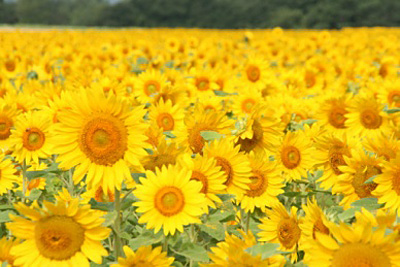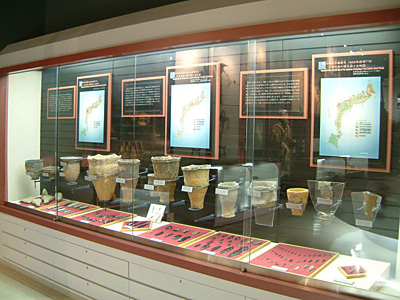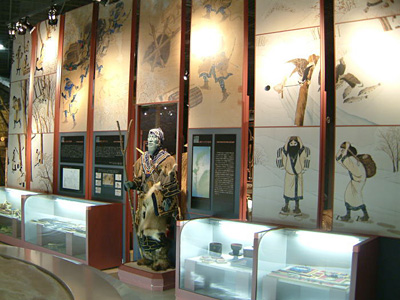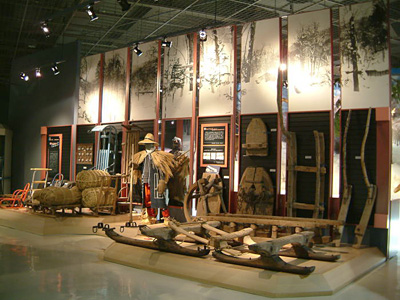Breadcrumb Navigation
- Home
- About Nayoro
About Nayoro
Location and Climate
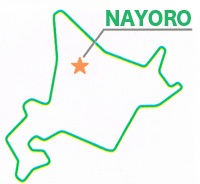
Located in the central part of northern Hokkaido, the city of Nayoro lies in the Nayoro Basin formed between the Teshio and Nayoro Rivers, which flow between the Kitami Mountains to the east and the Uryuuzan Mountains to the west.
The climate is characterized by the extremes of temperature typical of basins, with summer highs over 30°C and winter lows below -20°C, a difference of some 60 degrees.
The climate is characterized by the extremes of temperature typical of basins, with summer highs over 30°C and winter lows below -20°C, a difference of some 60 degrees.
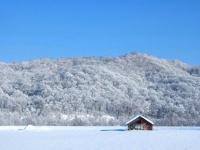
Main Industries
The primary industry of Nayoro is agriculture. The big difference between daytime and nighttime temperatures, with summer highs above 30°C followed by pleasant cool evenings, not only produces higher yields and more delicious crops but also keeps down the number of destructive insects, making it possible to reduce the amount of pesticides used. This means safer, better-tasting produce.
Nayoro is Japan’s number one producer of glutinous rice (mochi-gome), a high-grade form of rice used in confections such as the famous Akafuku rice cakes of Ise. The city also leads all other municipalities in Japan in the production of green asparagus. But the quality is even more impressive than the quantity. The extremes of temperature impart a succulent sweetness to the young shoots.
Another important crop is sunflowers, grown mainly for their oil. Over 60 hectares (enough to fill the Tokyo Dome 13 times) are under cultivation, producing a veritable carpet of sunflower fields in summer.
Nayoro is Japan’s number one producer of glutinous rice (mochi-gome), a high-grade form of rice used in confections such as the famous Akafuku rice cakes of Ise. The city also leads all other municipalities in Japan in the production of green asparagus. But the quality is even more impressive than the quantity. The extremes of temperature impart a succulent sweetness to the young shoots.
Another important crop is sunflowers, grown mainly for their oil. Over 60 hectares (enough to fill the Tokyo Dome 13 times) are under cultivation, producing a veritable carpet of sunflower fields in summer.
Life in the City
Nayoro has always been a regional center for medical treatment, and Nayoro Municipal Hospital functions as an official Regional Center Hospital for Northern Hokkaido.
In the field of education, Nayoro City University, the northernmost public university in Japan, trains students in nursing, medical care and social welfare. And Nayoro City’s Astronomical Observatory, Kitasubaru, with its planetarium and 1.6 meter diameter telescope, the largest in Japan, is reaching for the stars in the field of physics research and education.
In the field of education, Nayoro City University, the northernmost public university in Japan, trains students in nursing, medical care and social welfare. And Nayoro City’s Astronomical Observatory, Kitasubaru, with its planetarium and 1.6 meter diameter telescope, the largest in Japan, is reaching for the stars in the field of physics research and education.
History
It is believed that the first humans to set foot in the Nayoro area crossed over from the mainland of Asia between 40,000 and 20,000 years ago, following herds of mammoth, reindeer, bear and bison south from Siberia. The oldest attested archeological sites in the city, some nine in all, date back some 14,000 years.
The history of Hokkaido differs from the rest of the Japanese archipelago. From the Paleolithic, through the Jomon, Later Jomon, and Satsumon-Okhotsk eras, to the Ainu Culture period and up to the time of Japanese settlement in the Meiji era, the region has followed its own separate course.
The history of Hokkaido differs from the rest of the Japanese archipelago. From the Paleolithic, through the Jomon, Later Jomon, and Satsumon-Okhotsk eras, to the Ainu Culture period and up to the time of Japanese settlement in the Meiji era, the region has followed its own separate course.
Being located in the Teshio River Basin, Nayoro was part of the Teshio Ainu cultural zone. The name Nayoro comes from the Ainu Nai-oro, meaning “place by the (Nayoro) river”, while the nearby town Furen was named after the Ainu Furen-betsu or “red river”, their name for the Teshio River. The two rivers referred to here, together with their tributaries, carved out the Teshio River Basin. 形。
In the latter part of the Edo period, the name Nayoro was recorded in the Teshio River Diary of Takeshiro Matsuura, who had been commissioned by the Shogunate to conduct a survey of the central part of the basin.
Then in the Meiji period the settlement of Hokkaido began. Pioneers reached the area between 1899 and 1901 and started building the city of Nayoro and the town of Furen.
Nayoro was first settled by people from Yamagata Prefecture, and Furen by people from Yamanashi Prefecture. They were soon followed by pioneers from other parts of Japan, including Fukushima, Toyama, Niigata, Gifu, Miyagi and Kumamoto. The land that had once been covered with trees and bamboo grass was now cultivated and turned into rich farmland.
Then in the Meiji period the settlement of Hokkaido began. Pioneers reached the area between 1899 and 1901 and started building the city of Nayoro and the town of Furen.
Nayoro was first settled by people from Yamagata Prefecture, and Furen by people from Yamanashi Prefecture. They were soon followed by pioneers from other parts of Japan, including Fukushima, Toyama, Niigata, Gifu, Miyagi and Kumamoto. The land that had once been covered with trees and bamboo grass was now cultivated and turned into rich farmland.

